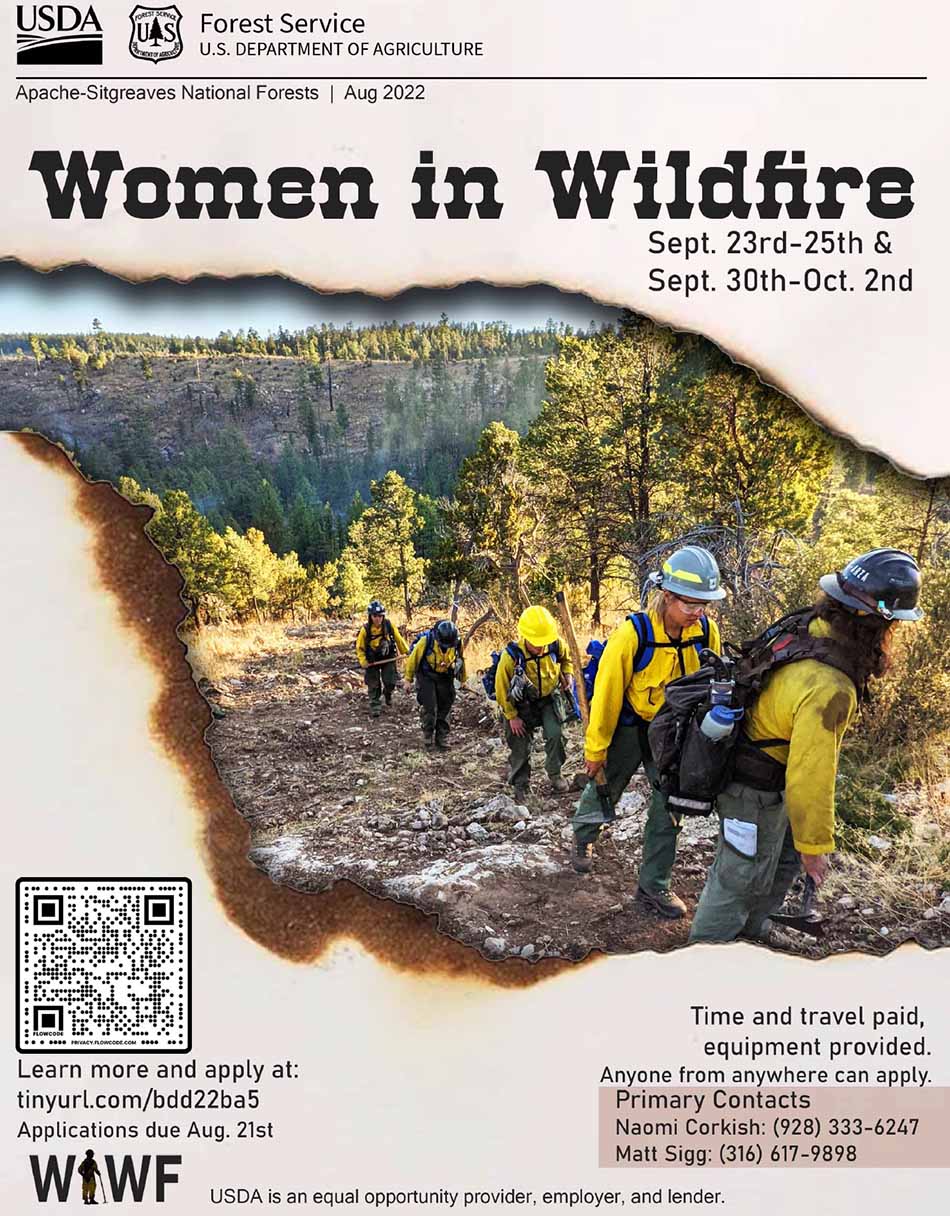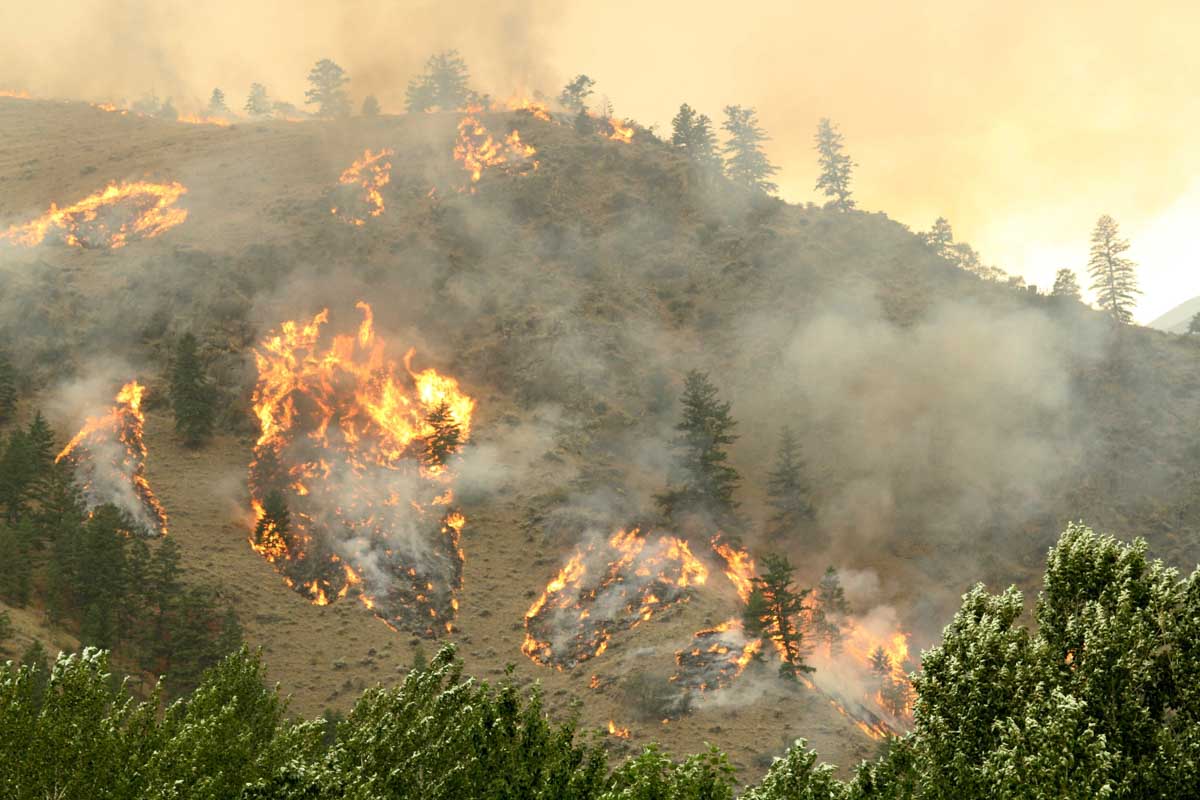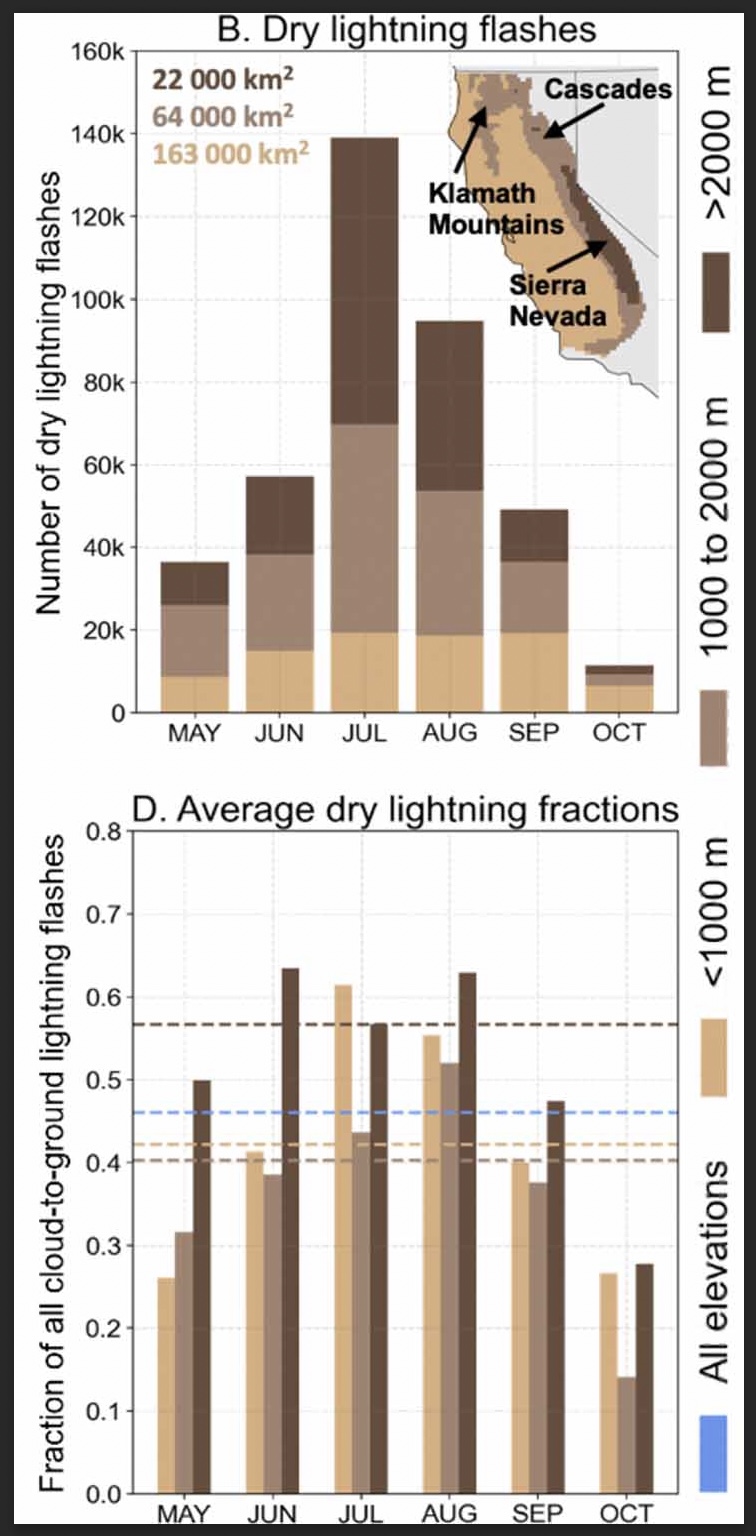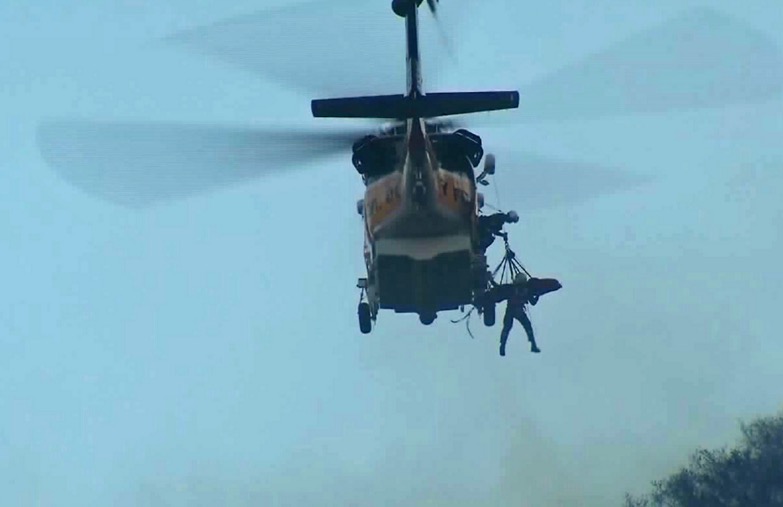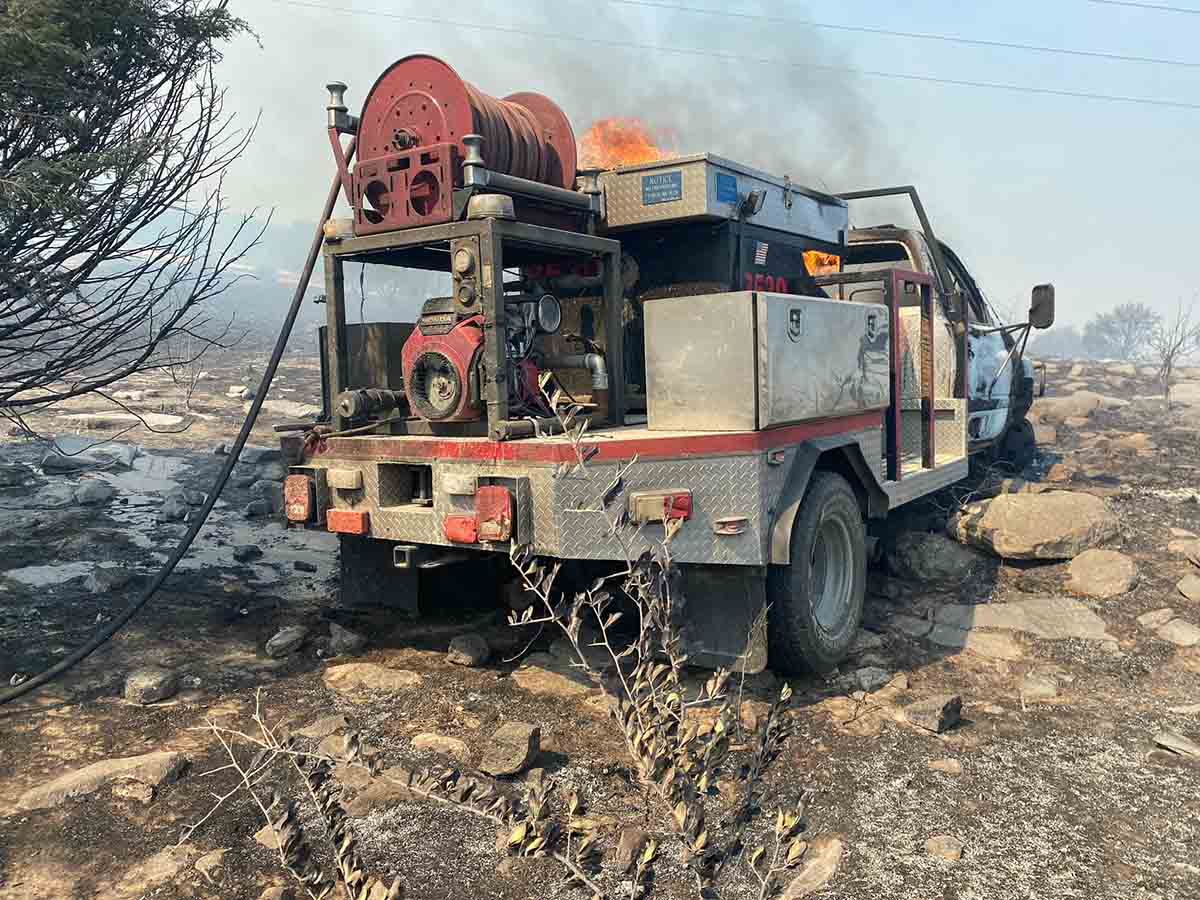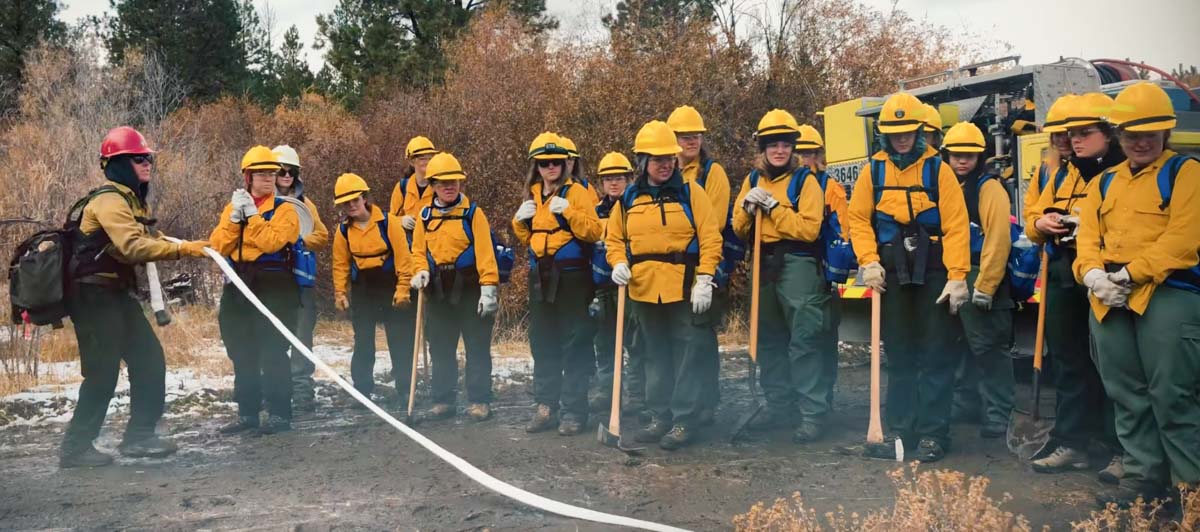
From the US Forest Service:
The US Forest Service will be hosting the annual Women in Wildfire Training this fall in Arizona. This is a fast paced, six-day training where women from around the nation have an opportunity to participate in hands-on wildland fire training in a simulated fire assignment. Anyone is welcome to apply, no experience necessary. After the completion of the training, students become certified as FFT2 (Firefighter Type 2) and will be provided with information on how to apply in USAjobs if interested in working on a fire crew.
The camp will be held at the Pinedale Work Center on the Lakeside District of the Apache-Sitgreaves National Forests in Arizona. The dates for the training are Sept 23rd-25th and Sept 30th-Oct 2nd. Participants must attend both timeframes. Time and travel are paid, and equipment is provided. Apply by August 21, 2022.
If you have any questions, contact:
Naomi Corkish (naomi.corkish@usda.gov, 928-333-6247) or
Matt Sigg (matthew.sigg@usda.gov, 316-617-9898).
